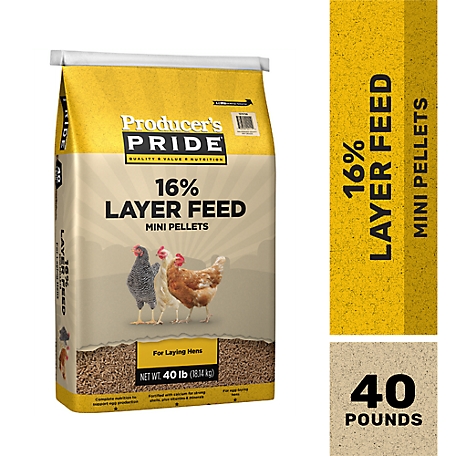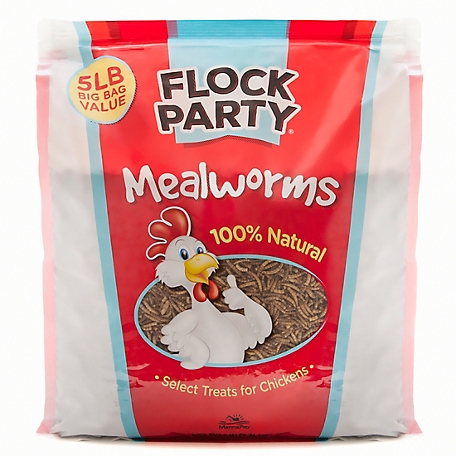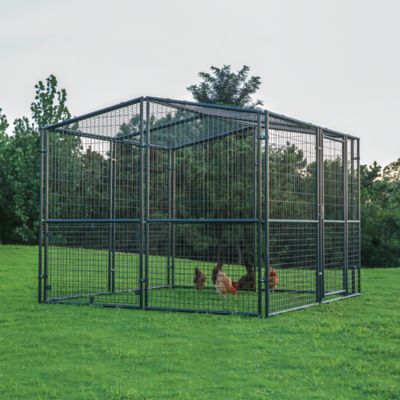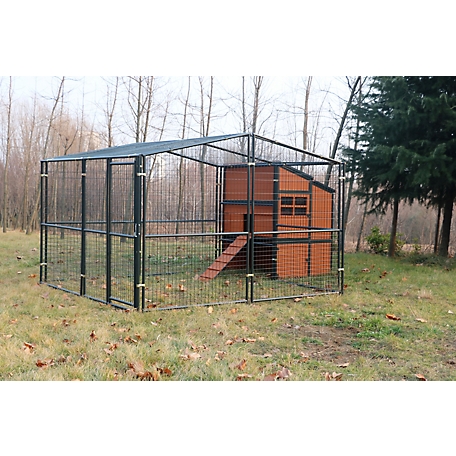Harvest Lane Honey Complete Starter Beekeeping Kit, 2 Boxes
The Harvest Lane Honey Complete Beekeeping Starter Kit has everything you need to get started with a fantastic new hobby. Beekeeping is a safe, fun, and rewarding experience that can be a hobby, or a way of life. With the simple, all-in-one beekeeping kit, you can begin your beekeeping opportunity the moment the bees arrive. A full beekeeper suit and gloves are included.
The Harvest Lane Honey Complete Beekeeping Starter Kit has everything you need to get started with a fantastic new hobby. Beekeeping is a safe, fun, and rewarding experience that can be a hobby, or a way of life. With the simple, all-in-one beekeeping kit, you can begin your beekeeping opportunity the moment the bees arrive. A full beekeeper suit and gloves are included.
- Beekeeping kit includes: Outer cover, inner cover, (2) deep hive bodies, (19) frames assembled with plastic foundation, bottom board, entrance reducer, in-hive feeder, 3×6 smoker, 1 lb. bag smoker fuel, 9-1/2 in. steel hive tool, and bee brush
- Full beekeeper suit and gloves are also included with this beekeeping starter kit
- 100% painted, assembled and ready to go
Additional information
| Country of Origin | Made in USA |
|---|---|
| Primary Material | Pine |
| Manufacturer Part Number | WWA-102 |











by Paul
I love my beekeeping supply kit. The quality is very good and it has served its purpose well.
by Smith
Decently made, has everything needed to start keeping.
by Paula
Nice set up my husband loves it.
by Neil
Seems like a Good kit, it has a lot of items that seem to be ok quality.